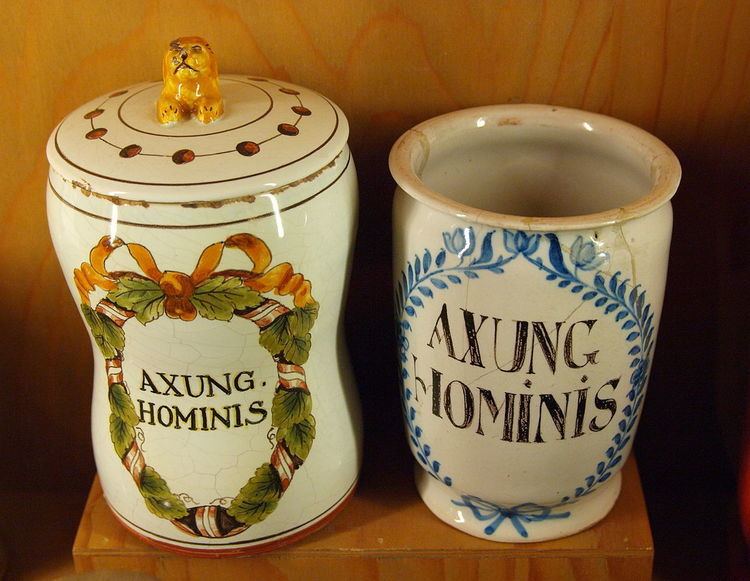 | ||
Sacamantecas ("Fat extractor" in Spanish) or mantequero ("Fat seller/maker") is the Spanish name for a kind of bogeyman or criminal characterized by killing for human fat.
Contents
Anthropology
Julian Pitt-Rivers reports in his study of Alcalá de la Sierra the belief that village children can be stolen by an outsider, disguised as a beggar or a trader, who is hired by a rich man whose ill child can only be cured with the blood of healthy babies. The practice of blood donation lent credence to the myth.
Gerald Brenan describes the mantequero as a monster in human form who lives in deserted areas and feeds on manteca ("[human] fat"). Upon capture, he shouts in a high pitch and, unless just fed, looks thin. Brenan found the myth alive during his stays in the Alpujarra (Andalusia): In 1927 or 1928, he had sublet his Yegen home to the British writer Dick Strachey, nephew of Lytton Strachey. One day, Strachey was walking on rough terrain where he saw three suspicious men. Fearing of bandoleros, he ran away, but the three Gipsies chased him and drew their knives shouting at him as a mantequero. The first impulse of the Gipsies was to kill the mantequero and use his blood for magical remedies. However the eldest Gipsy, a convict, judged safer to bring Strachey to the mayor. They offered to slit his throat themselves, but the British man claimed in his rudimentary Spanish to be a relative of king George V of England, convincing the mayor that he was not dealing with a monster.
A friend of Brenan found that in Torremolinos all the girls believed in mantequeros. In the urban version of the legend, an old evil marquis needs baby blood transfusions to rejuvenate.
